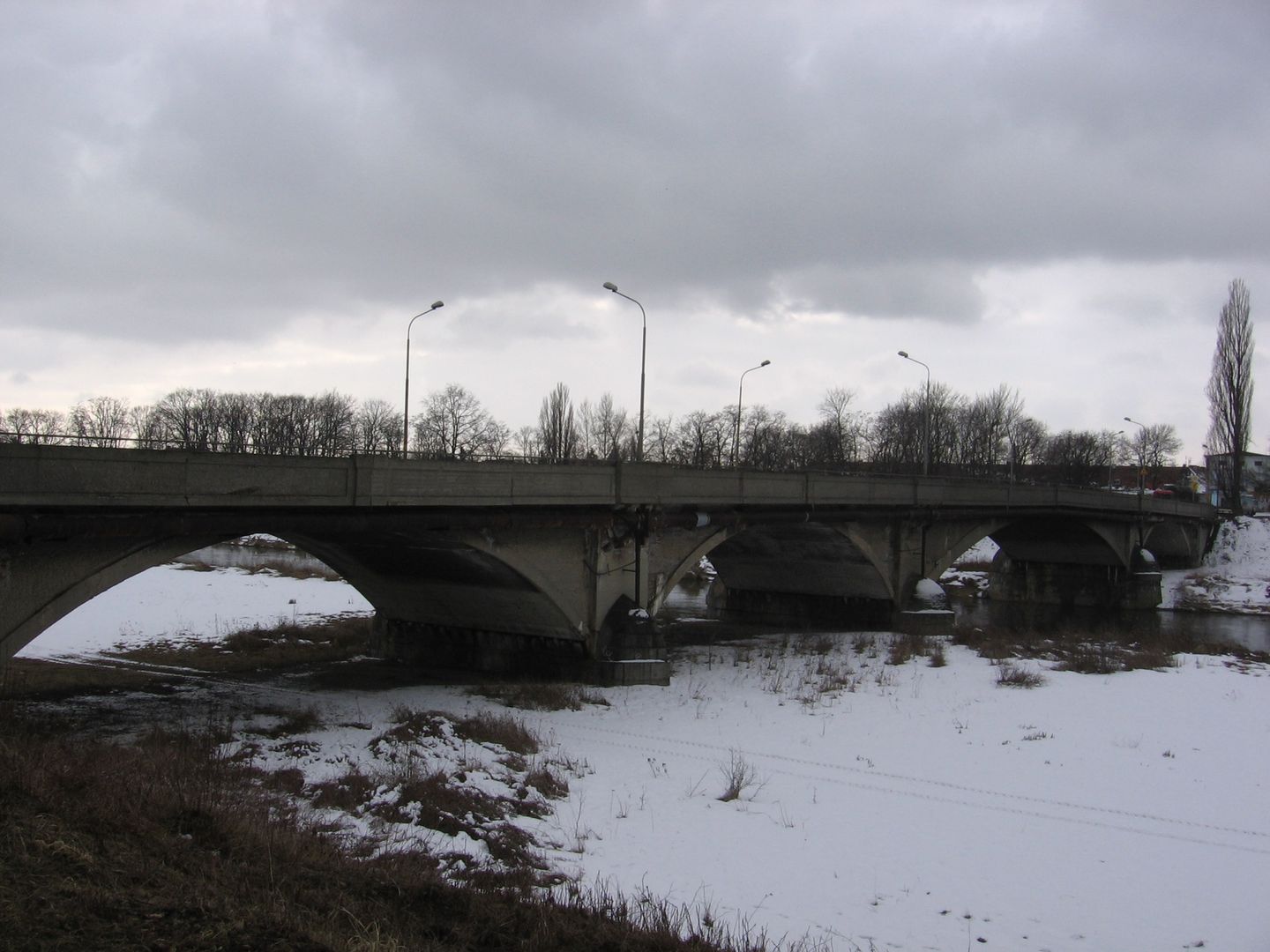Swojczyce
6.06

Overview
Swojczyce, formerly known as Schwoitsch, is a district in the eastern part of Wrocław with a rich history dating back to the 14th century. In the Middle Ages, the village was primarily used for agricultural purposes and also featured an inn, schools, and various artisans. In 1376, Swojczyce came under the administration of the Corpus Christi Hospital in Wrocław. During the 16th century, the village suffered a fire, after which a new church, St. Hyacinth's, was built on a hill to protect it from floods. Over the centuries, this church underwent multiple renovations and remains an important architectural landmark in the region to this day.
In the second half of the 19th century, Swojczyce became part of Wrocław, gaining significance due to infrastructure development, including a railway line that was launched in the 1920s. The district survived World War II with minimal damage and quickly returned to civilian use after the war, which facilitated its growth. In the 1960s, the area was equipped with a water supply system, but in 1997, during the Millennium Flood, many parts were inundated.
Today, Swojczyce is a place where some areas are designated for industrial development, while preserved historical buildings, such as the church, contribute to its cultural heritage. An interesting fact is that the district is home to an Agricultural Experimental Station, whose history dates back to the late 19th century. Swojczyce exemplifies the synergy of history and modernity, where tradition meets industrial progress.
Location
Tickets
Powered by GetYourGuide
2025 Wizytor | All Rights Reserved